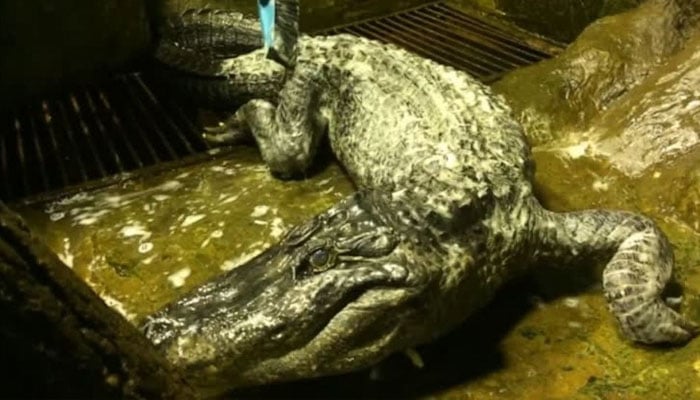Most tropical plants rely on animals to transfer pollen from flower to flower. The most important animal pollinators are bees, but there are many others, including other insects, bats, and hummingbirds. Since flowers “want” to be pollinated, they have features that match the physical and sensory abilities of pollinators. To achieve pollination, flowers provide a reward, advertise it, and are constructed so that visitors come into contact with their stamens and stigma. The commonest reward is nectar, but others include pollen and less usual substances, such as waxes, oils, and perfumes (the latter is used by orchid bees as sexual attractants).
Nectar varies in the sugars it contains. Flowers pollinated by hummingbirds, butterflies, hawkmoths, and many bees secrete nectar rich in sucrose, whereas those pollinated by bats and by passerine birds (including American orioles and tanagers, Australian honeyeaters, and Old World sunbirds) have nectar-rich in glucose and fructose, sugars that are also found in fruits.
The significance of these intriguing differences is unknown, but they do not seem to matter much to hummingbirds and bats. Hummingbirds happily feed on leftover nectar in bat flowers, while bats routinely empty hummingbird feeders full of sucrose solution. Flowers have evolved a variety of adaptations to attract specific pollinators. Certain plant families are particularly important for hummingbirds, some of the most notable being the Heliconiaceae, Bromeliaceae, Ericaceae, Rubiaceae, Acanthaceae, and Gesneriaceae.
These flowers are ornithophilous, or bird-loving, and exhibit clear adaptations for pollination by hummingbirds. Most of them are either red or have red bracts or leaves that advertise their presence, red being a color that is conspicuous to hummingbirds but not to most insect competitors. In addition, the flowers are diurnal, have a tubelike corolla that fits the slender bill of a hummingbird, and lacks any scent (which might attract insects), and most also lack a landing platform that would provide easy access for insects.
Flowers aimed at other pollinators have other characteristics. Those pollinated by hawkmoths, for example, are nocturnal, white (to show up in the dark), fragrant, and also tubular (to fit a moth’s proboscis). Bat flowers are nocturnal and usually pale, with a strong musky odor, and some have “sonar guides,” which bats detect by echolocation. There are two main types of hummingbird flowers. One sort has long tubular flowers (mostly 30 to 40 mm long) that secrete copious nectar; these tend to be scattered and are usually visited by traplining hummingbirds. The other sort has short tubular flowers (mostly less than 20 mm long); these contain less nectar but are massed together in numbers great enough to be worth defending by territorial hummingbirds. These differences have consequences for the plants.
Trapliners tend to carry pollen from plant to plant, which results in cross-pollination and enhanced reproductive success. In contrast, territorial hummingbirds foster self-pollination. Sometimes a hummingbird visits so many flowers on the same plant that its face gets covered with white or golden pollen, making it look like a different species. Hummingbirds that intrude into territories to steal nectar are probably more useful to a plant than the territorial owner. Since these filchers visit flowers only briefly before being chased off, they perhaps deliver pollen to plants of the same species some distance away. Another point to be considered is why many flowers use hummingbirds as pollinators rather than insects.
After all, insects
can be attracted with a smaller reward of nectar. The probable reason is that
hummingbirds are more reliable as pollinators when the weather is bad,
particularly at high altitudes. Bees and butterflies remain inactive when it is
very wet or too cold, so flowers dependent on them fail to be pollinated.
Hummingbirds are active in all kinds of weather, so it is no surprise that
there are many more hummingbird-pollinated plants in the highlands than in the
lowlands.




































